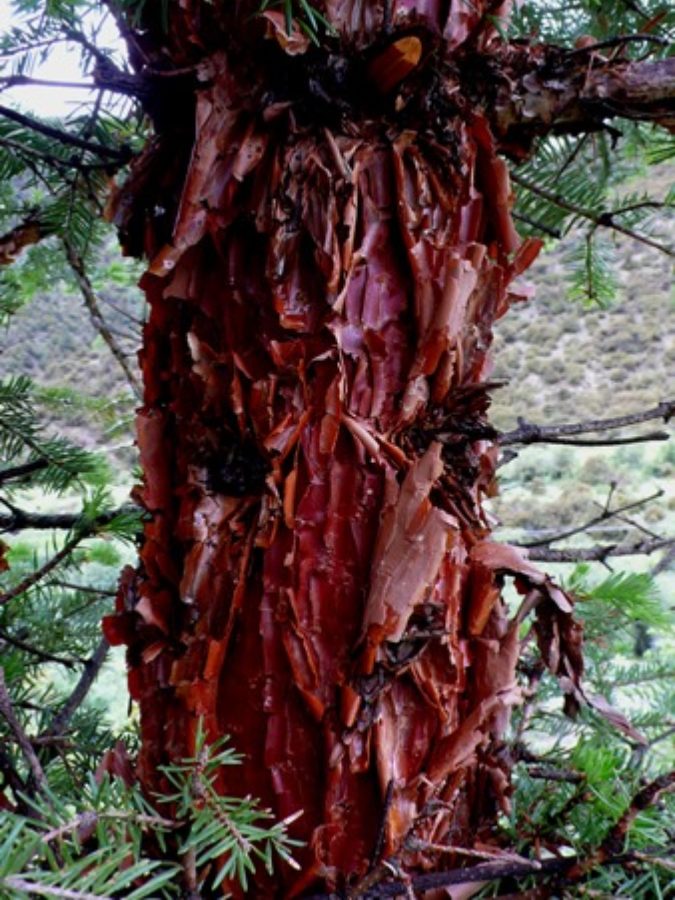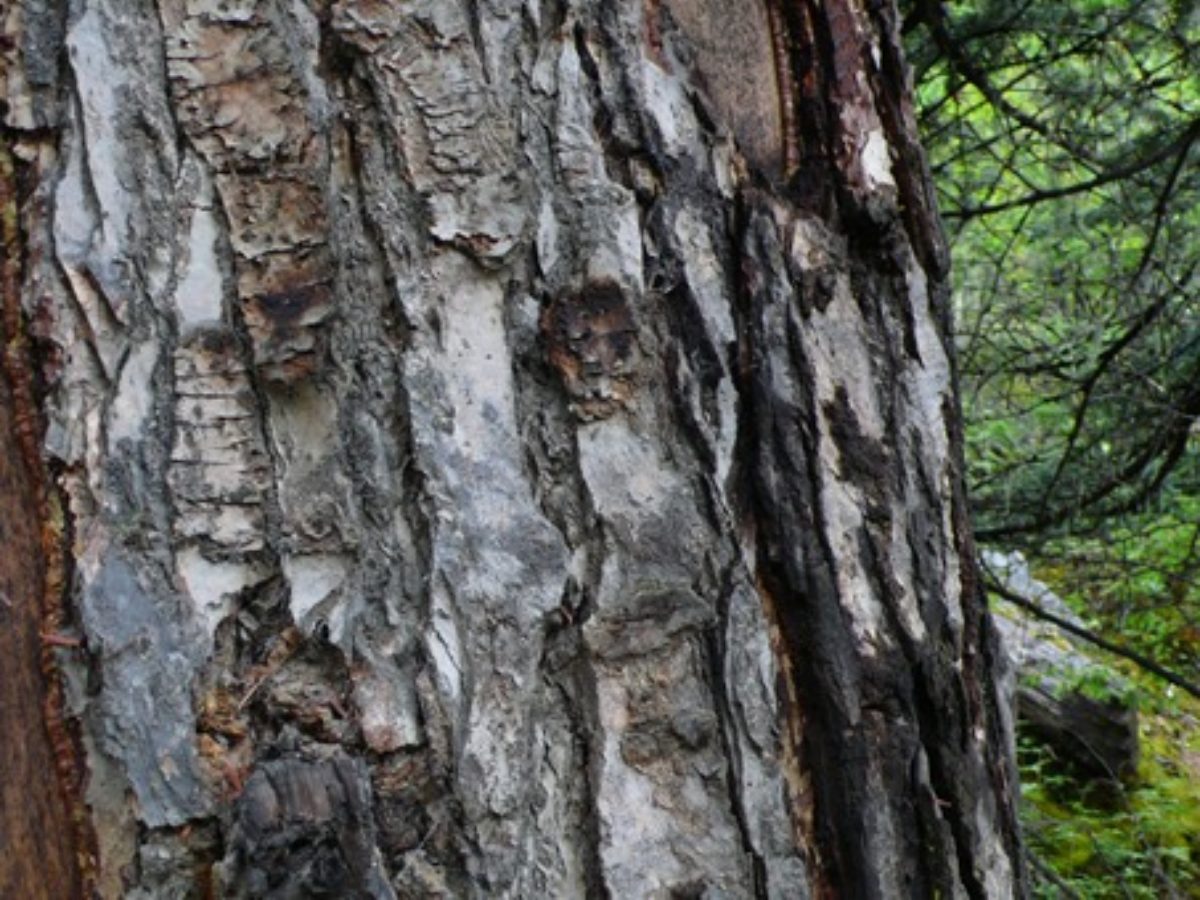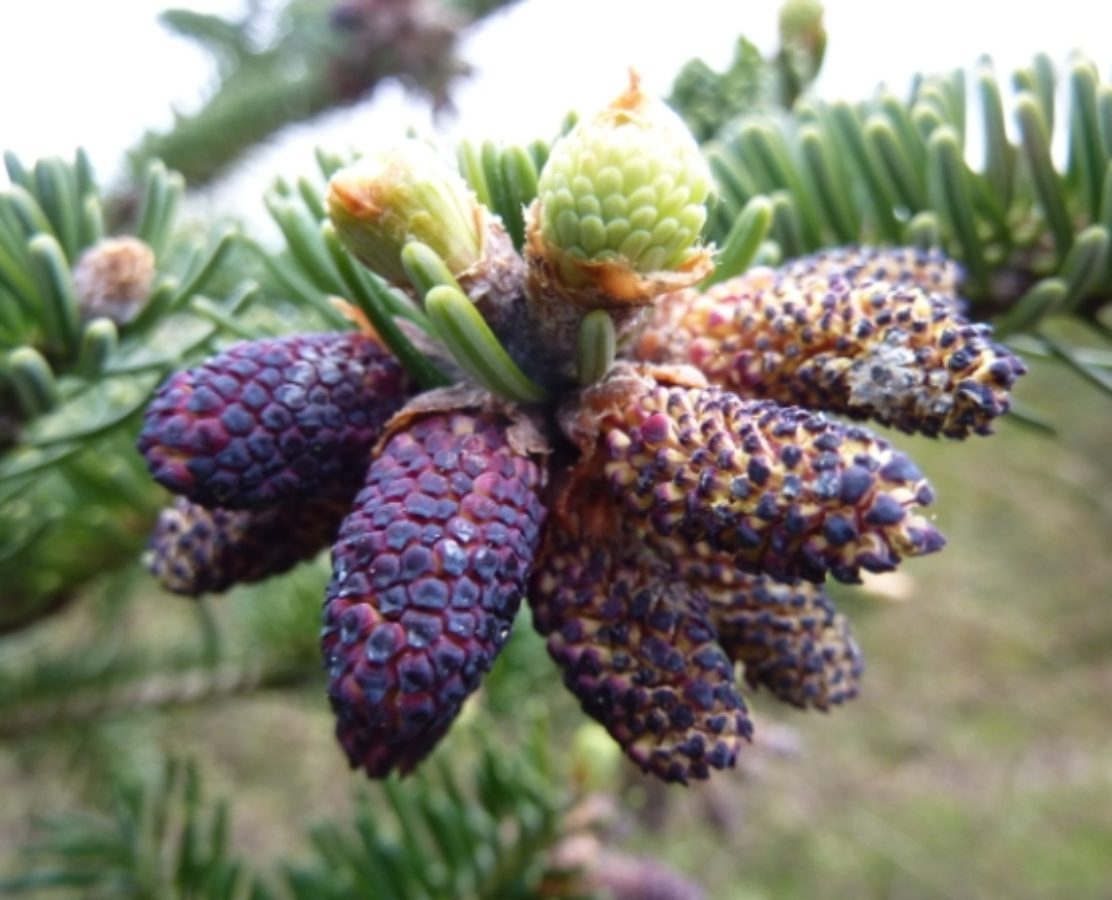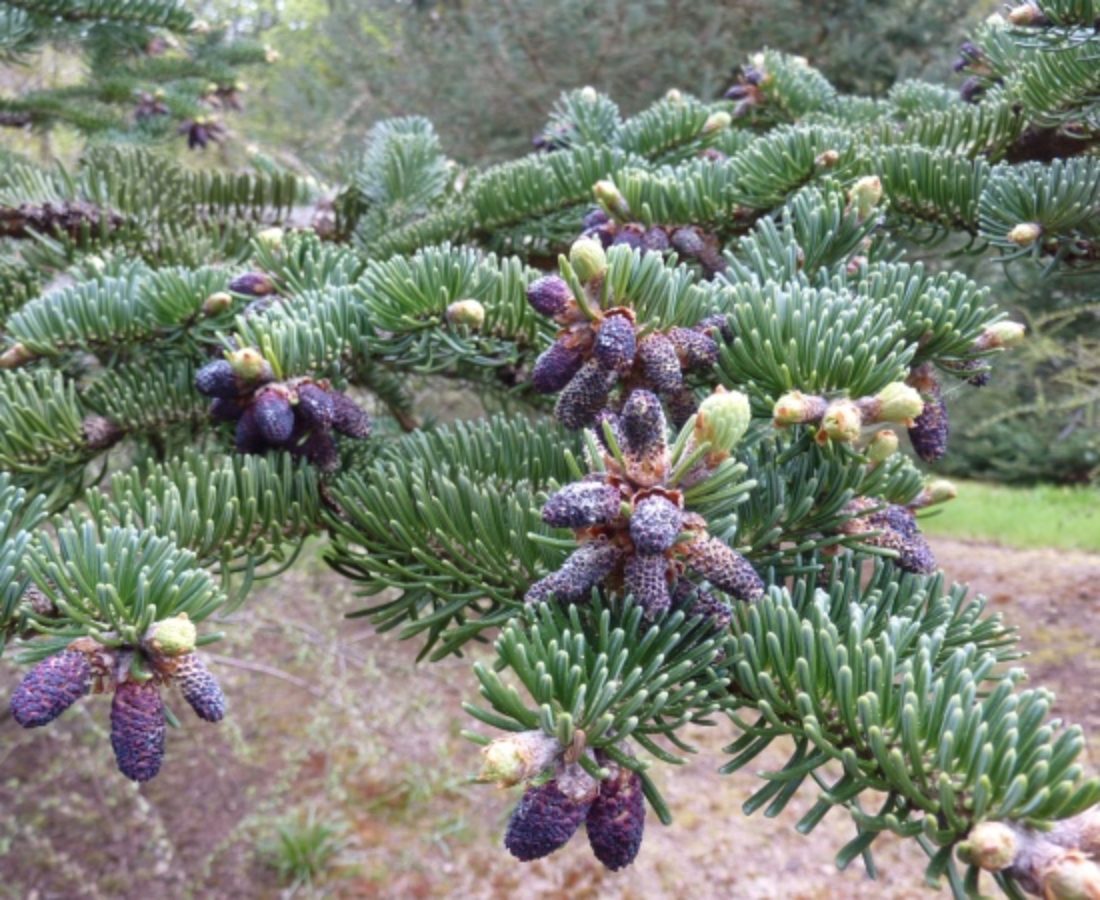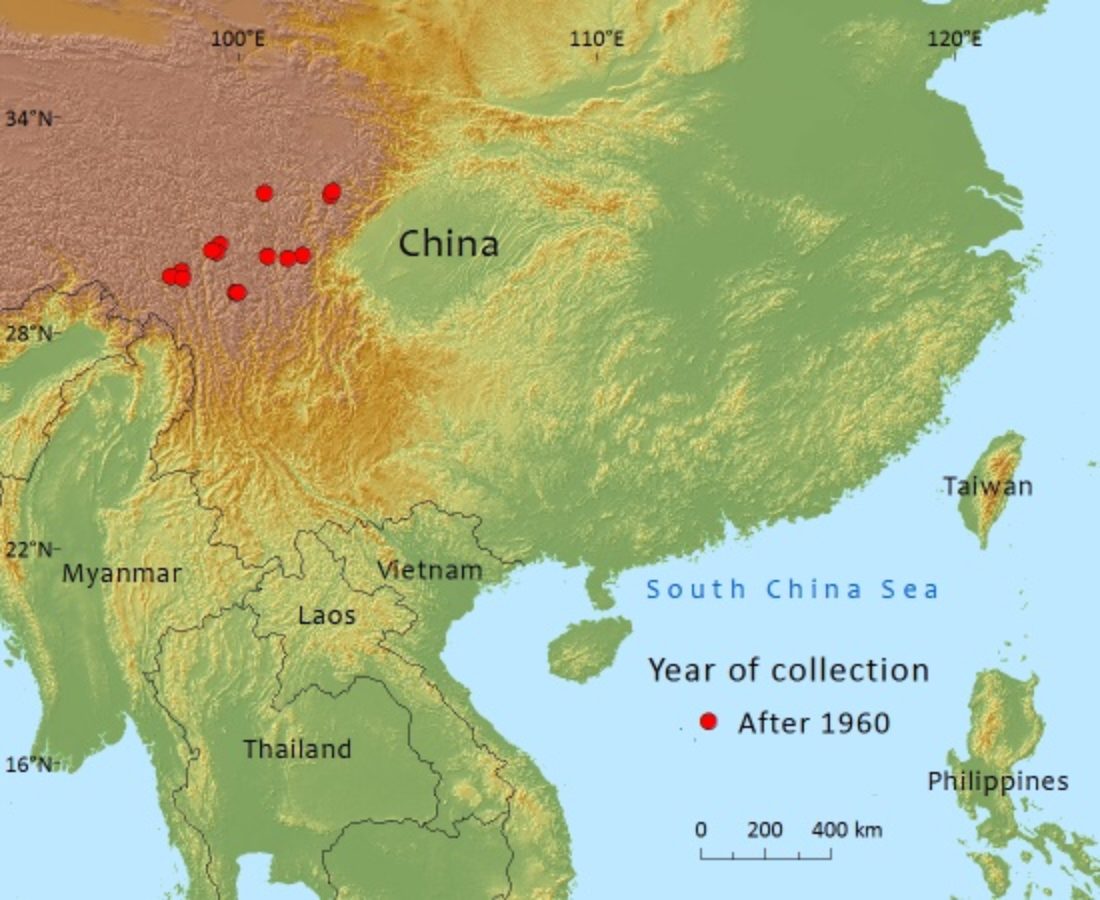Pinaceae
Abies squamata
Distributed in China and Tibet where direct exploitation for timber has led to a decline in the population
References and further reading
- Farjon, A. (2010). A Handbook of the World's Conifers. Koninklijke Brill, Leiden.
- Farjon, A., Li, J.-y., Li, N., Li, Y., Carter, G., Katsuki, T., Liao, W., Luscombe, D, Qin, H.-n., Rao, L.-b., Rushforth, K., Yang, Y., Yu, S., Xiang, Q. & Zhang, D 2011. Abies squamata. In: IUCN 2012. IUCN Red List of Threatened Species. Version 2012.2. . Downloaded on 05 April 2013.
- Ryavec, K. & D. Winkler 2006. Logging impacts to forests in Tibetan areas of Southwest China: a case study from Ganze Prefecture based on 1998 Landsat TM Imagery. Himalaya 26(1):article 10.
